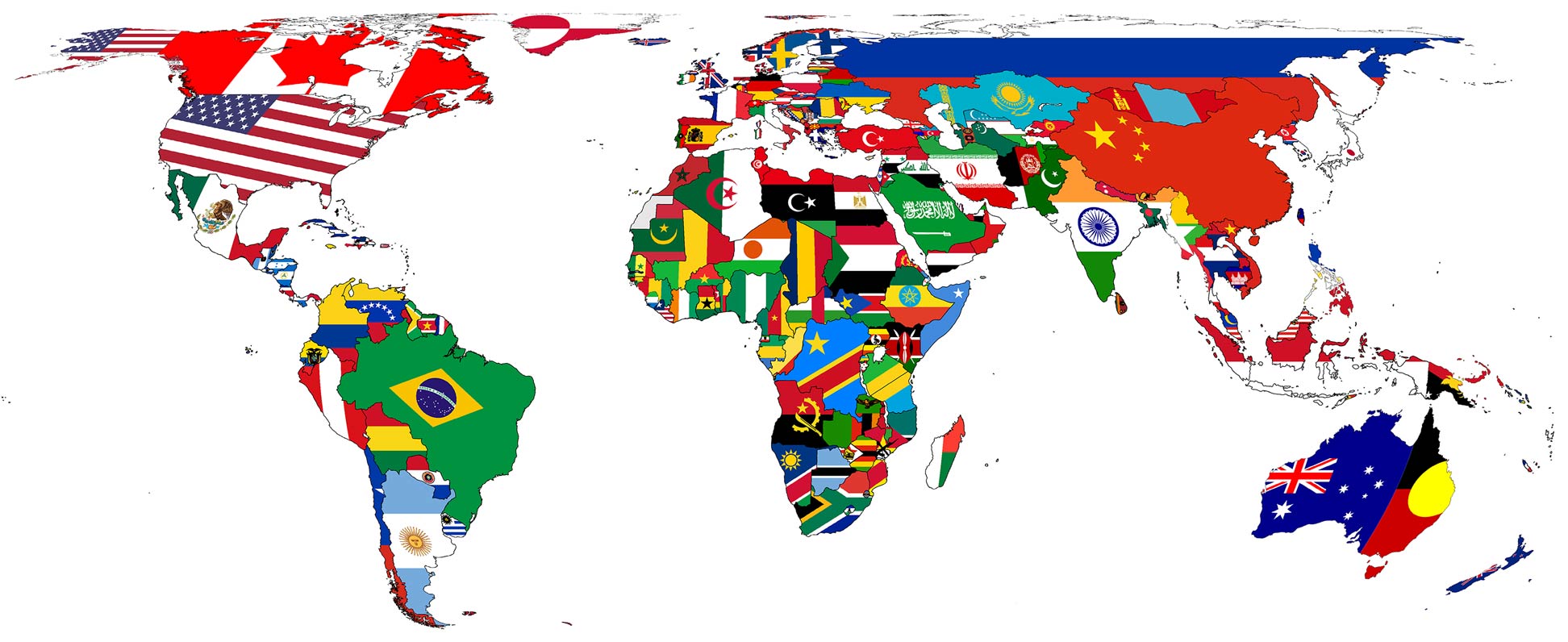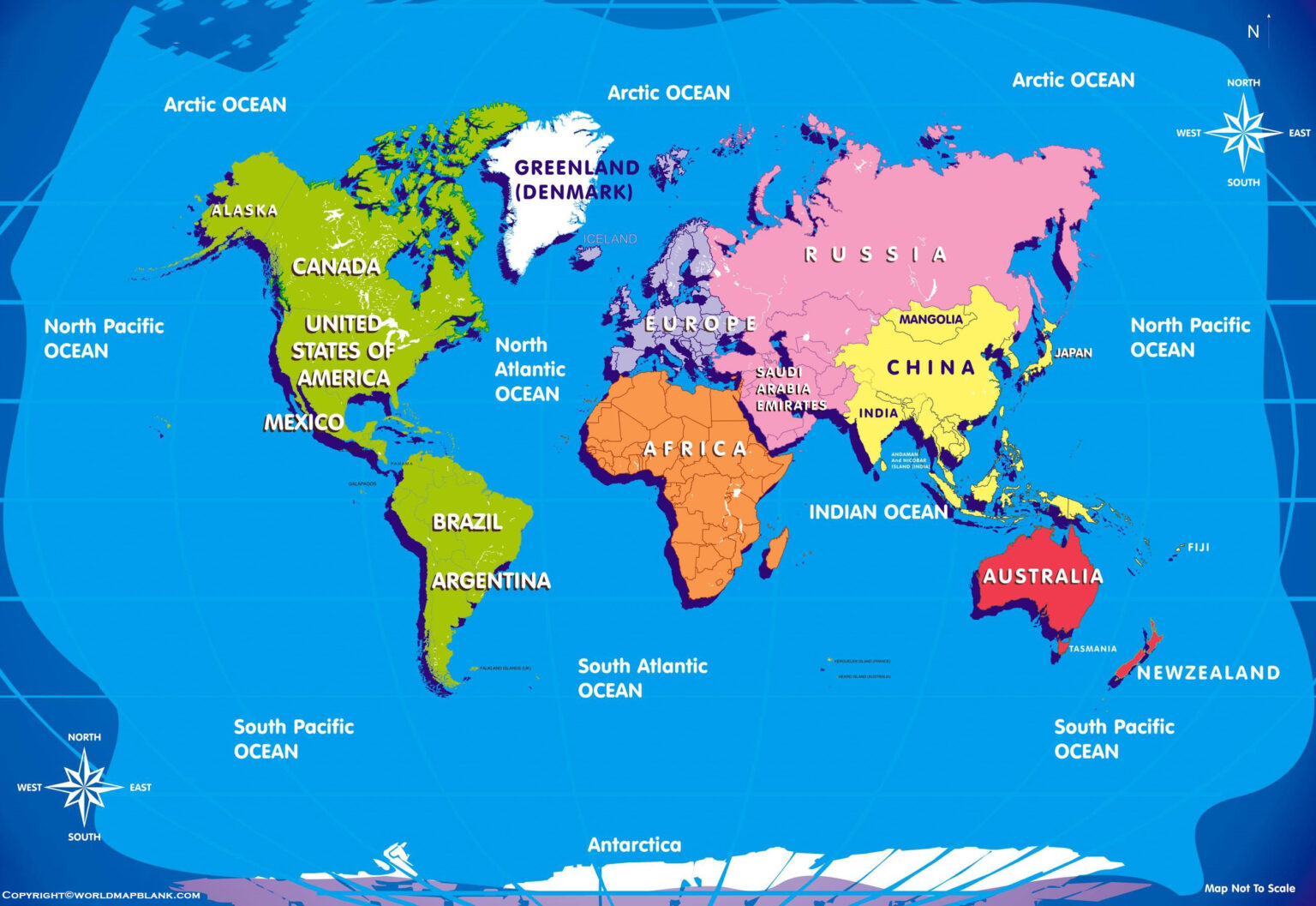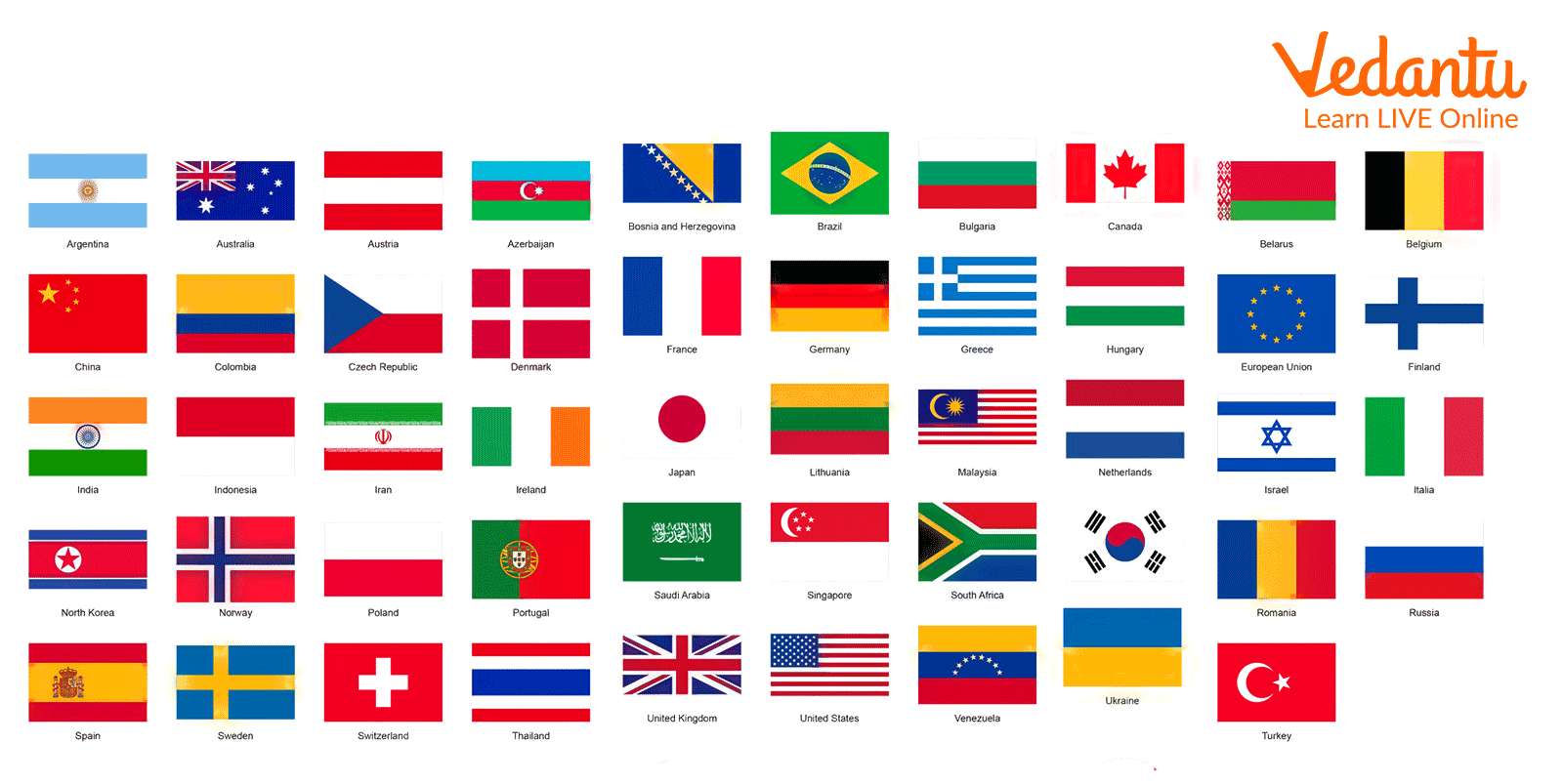It is rather fascinating to consider how different parts of our world show varying health patterns, especially when we think about population well-being. When we talk about how fit people are, or how much a population weighs, it’s a big topic that touches on so many aspects of daily existence, from what folks eat to how they move about. You know, it’s not just about what we see on television or in magazines; it’s about real lives and real communities, and understanding these differences can be quite eye-opening, basically.
This idea of a "country with the skinniest people" might seem a little unusual at first, but it points to larger discussions about public health and the way societies are set up. We often hear about places struggling with increasing weight issues, yet there are also places where the majority of folks maintain a lighter body type. So, it’s pretty interesting to look at what sets these places apart, and what we might learn from them, in a way.
This discussion will explore some of the places around the globe where people tend to be on the lighter side, according to various surveys and health records. We will also touch on some of the challenges faced by populations where weight gain is a more common issue. It's all about getting a clearer picture of global health, and how different nations fare, you see.
Table of Contents
- Understanding Population Weight: What Does "Skinny" Mean?
- Where Are The Countries With The Skinniest People?
- Lessons from the Thinnest Nations
- How Do Some Countries Face Weight Challenges?
- Is There a Connection Between Size and the Country with the Skinniest People?
- European Nations and the Country with the Skinniest People
- Promoting Health for All
- Summary of Global Health Patterns
Understanding Population Weight: What Does "Skinny" Mean?
When we talk about the "country with the skinniest people," it is rather important to clarify what that expression means. It is not about personal judgments or appearances, but more about population health statistics. Usually, this refers to a nation's average Body Mass Index, or BMI, which is a common measure used by health organizations worldwide to assess if a person's weight is appropriate for their height. For instance, a country like Bangladesh, with a national average BMI of about 20.5 for women and 20.4 for men, is often cited as having a population with a lower average body mass. This kind of data helps us get a general sense of a population's overall body size, you know.
This measurement helps health groups keep track of general population trends, rather than focusing on individuals. It helps paint a picture of public health, which can be quite different from one place to another. The World Health Organization, for example, gathers this kind of information from many nations, giving us a broad view of how different communities are doing. So, when we mention the "country with the skinniest people," it is almost always based on these sorts of widespread health metrics, apparently. It is a way of looking at overall community well-being, rather than focusing on any single person. This approach helps health professionals spot bigger patterns and needs across different populations, which is pretty useful for planning public health efforts, you see.
Understanding these terms is quite important because it helps us discuss population health without making assumptions. When we say a country has a lower average body mass, it means that, on the whole, its people tend to be lighter when measured against their height. This is a statistical observation, not a statement about individual appearance. It provides a starting point for exploring what factors might contribute to these population-wide characteristics. So, it is basically a way of taking a snapshot of a nation's general physical state, which can be quite informative, really.
Where Are The Countries With The Skinniest People?
Looking at the numbers, some places stand out when we consider the "country with the skinniest people." Vietnam, for example, is often at the top of these lists. Its rate of obesity is just 2.1 percent, which is really quite low, especially when you think about its population size, which is around 100 million people. That's a lot of folks maintaining a lighter body type. This indicates that a very small portion of its residents are classified as having excess body weight, which is pretty noteworthy, in a way. To have such a low percentage in a nation of that size suggests that there are broad societal or lifestyle patterns that support a lighter average body mass among its citizens, you know.
Japan is another nation that consistently ranks high in these health assessments. For many decades now, it has been among the countries with a population that tends to be on the lighter side. With over 127 million people, Japan's consistent standing shows something rather remarkable about its societal habits or perhaps its traditional eating patterns. It is interesting to see how these long-standing patterns seem to keep their people in a healthier weight range, you know. This kind of consistency over a long period suggests deeply ingrained customs or environmental factors that contribute to this general population characteristic. It is almost as if their way of life naturally encourages a certain physical build, which is quite fascinating, really.
South Korea also comes up in these discussions, with a relatively low obesity rate of 7.3 percent. These figures, gathered by organizations like WorldAtlas, provide a look at where populations generally maintain a lower body mass. It is not just one thing that makes a "country with the skinniest people" what it is; it is usually a mix of many elements, which can be quite complex, honestly. The fact that these nations appear repeatedly on lists of countries with lower average body mass suggests that there are common threads in their approaches to daily living, even if those threads are not immediately obvious. So, there is quite a bit to consider when looking at these global health patterns, you see.
Lessons from the Thinnest Nations
What can we learn from places like Vietnam and Japan, which are often called the "country with the skinniest people?" While the provided text does not go into specific reasons, it hints at "a significant factor" for Vietnam's low rate. Generally speaking, these populations often have eating patterns that include lots of fresh vegetables, fish, and smaller portion sizes. Their daily routines might also involve more physical activity, like walking or cycling, as a normal part of getting around. It is not just about diets; it is about a whole way of living, which can be quite different from what many of us are used to, you know.
These patterns are often deeply rooted in culture and tradition. Think about how food is prepared, or how communities are built to encourage movement. It is not just about individual choices; it is also about the environment people live in. For a "country with the skinniest people," it is often a combination of many elements that support a lighter body type, rather than just one single thing. This makes it rather interesting to observe, basically. The way meals are shared, the types of ingredients used, and even the pace of life can all play a part in shaping the overall physical characteristics of a population. So, it is a broad set of influences, you see.
The consistent appearance of certain nations on these lists suggests that their societal norms or daily practices contribute to a lower average body mass. It is not about a quick fix or a temporary trend; it is about long-standing ways of doing things. These insights can be quite valuable for anyone looking to understand population health on a larger scale. It is almost like these communities have a built-in system that helps maintain a certain physical state, which is pretty neat, in a way.
How Do Some Countries Face Weight Challenges?
On the other side of the spectrum, some nations face considerable challenges with population weight. The Pacific Island countries, for example, like Nauru, Palau, and the Cook Islands, have some of the highest rates of people who are overweight or obese. In Nauru, an astonishing 87.9 percent of the population is in this category. This is a truly striking figure, and it highlights a very different health situation compared to a "country with the skinniest people," you see. These numbers indicate a widespread public health issue that touches a very large portion of the population, which is a serious concern for those communities, honestly.
Qatar, as recently as 2012, was noted as having a very high rate of people with excess weight, and it remains quite high on such lists. About 77.1 percent of its population is currently considered overweight. These numbers point to widespread health concerns that are quite different from the patterns seen in places with lower average body mass. It shows how varied the global health situation truly is, and how different communities are dealing with very different issues, you know. The shift in these populations towards a higher average body mass often brings with it a range of other health considerations, making it a critical area for public health attention, basically.
These situations are often linked to changes in diet, with more processed foods becoming available, and less physical activity as lifestyles change. While the provided text does not explain the reasons, it is often a mix of economic, social, and cultural shifts that lead to these patterns. Understanding these differences is pretty important for anyone looking at global well-being, you know. The contrast between these nations and a "country with the skinniest people" highlights the many factors that influence population health, and how quickly these patterns can change over time, sometimes quite dramatically, apparently.
Is There a Connection Between Size and the Country with the Skinniest People?
Sometimes, when we talk about countries, we might also think about their physical size. The text mentions Vatican City as the smallest country in the world, with a landmass of just 0.49 square kilometers. While it is certainly a tiny independent state surrounded by Rome, its small size has no direct link to the health patterns of its population in terms of weight. It is a very unique place, but its size does not make it a "country with the skinniest people" in the way we are discussing population health, you see. The fact that it is so small is an interesting geographical note, but it does not tell us anything about the average body mass of its residents, which is a completely different kind of information, honestly.
The focus on population weight is about the people living there, not the area of the land itself. So, while it is interesting to know about the smallest nations, that kind of information is separate from discussions about average body mass or obesity rates. It is a different kind of measurement altogether, basically. Knowing the land area of a country provides insight into its geography and scale, but it does not offer any clues about the physical characteristics of its inhabitants. Therefore, when we are looking for a "country with the skinniest people," we are looking at health statistics, not maps, you know.
This distinction is important because it helps us keep our focus on the relevant data. The size of a country, whether it is one of the smallest or one of the largest, does not automatically tell us anything about the health habits or average body mass of its population. These are independent pieces of information. So, while Vatican City is indeed a fascinating place due to its small footprint, that fact doesn't place it on lists related to population weight, you see.
European Nations and the Country with the Skinniest People
The discussion about population weight is not just limited to Asia or the Pacific. Europe also has its own range of health patterns. The text asks which are the 10 thinnest countries in Europe, and also specifically "What is the skinniest country in Europe?" While it does not give a direct answer for the European "country with the skinniest people," it highlights that obesity is a growing issue worldwide, making the promotion of healthy
Related Resources:



Detail Author:
- Name : Jazlyn Nienow
- Username : hermann.gracie
- Email : vonrueden.addie@yahoo.com
- Birthdate : 1997-01-29
- Address : 848 Adrianna View Suite 815 Herzogchester, ND 87945
- Phone : +1-864-585-8150
- Company : Gislason, Aufderhar and Champlin
- Job : Soil Scientist OR Plant Scientist
- Bio : Quam sed possimus qui nulla consectetur sunt. Est et perferendis earum qui et. Voluptates distinctio quas ab reprehenderit aut tenetur iusto. Et dolor et occaecati enim voluptatum voluptas quia.
Socials
twitter:
- url : https://twitter.com/heaney2016
- username : heaney2016
- bio : Et velit vero fuga ut est quos. Qui qui quia fuga sit culpa. Laborum aut quibusdam alias optio voluptatibus.
- followers : 6083
- following : 1727
facebook:
- url : https://facebook.com/jordy.heaney
- username : jordy.heaney
- bio : Et quasi quia neque voluptatem quae sit tempora voluptas.
- followers : 3081
- following : 2717
tiktok:
- url : https://tiktok.com/@jheaney
- username : jheaney
- bio : Ut et ut aperiam aut. Maxime saepe optio aliquam temporibus.
- followers : 2506
- following : 2627